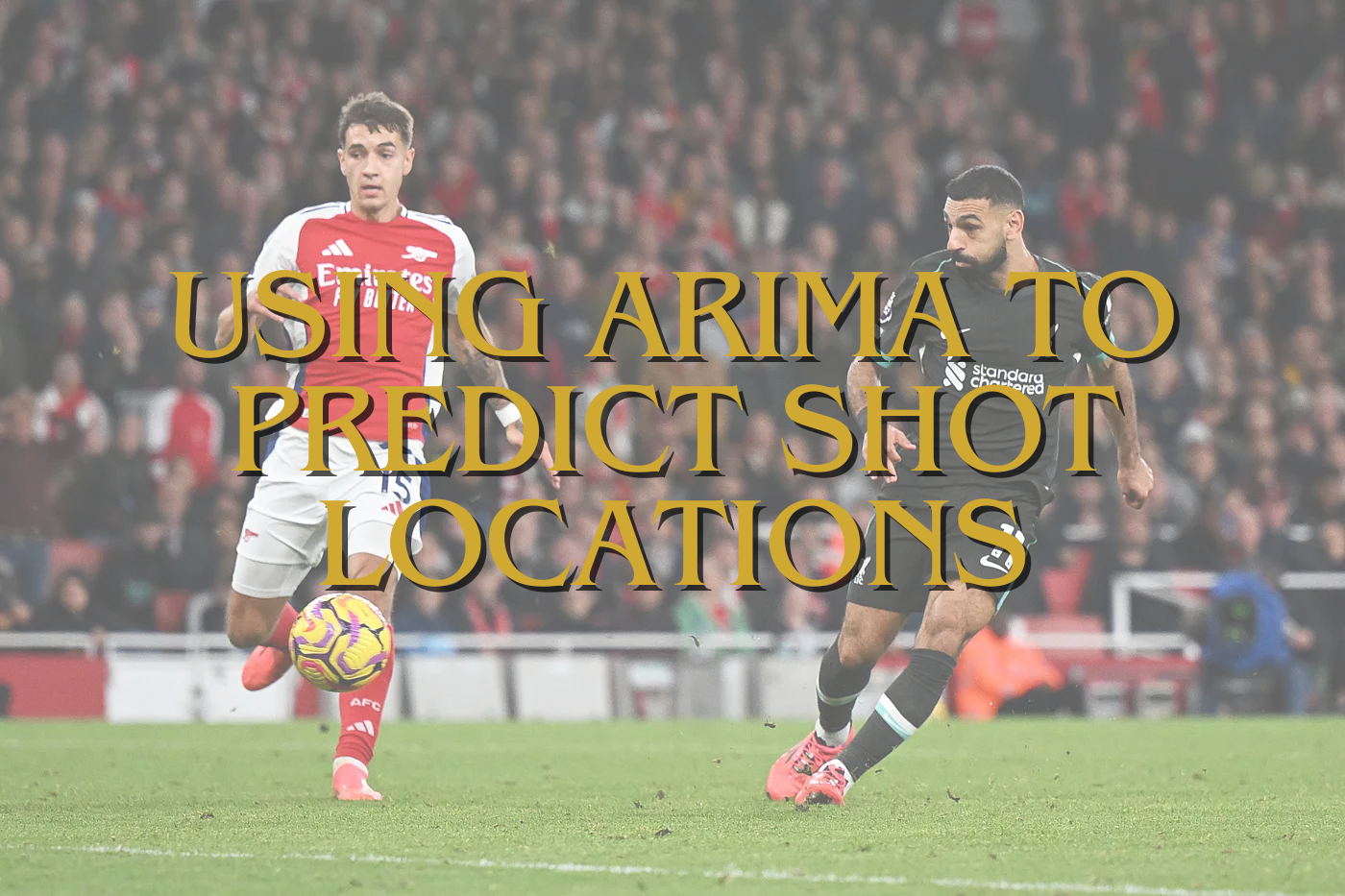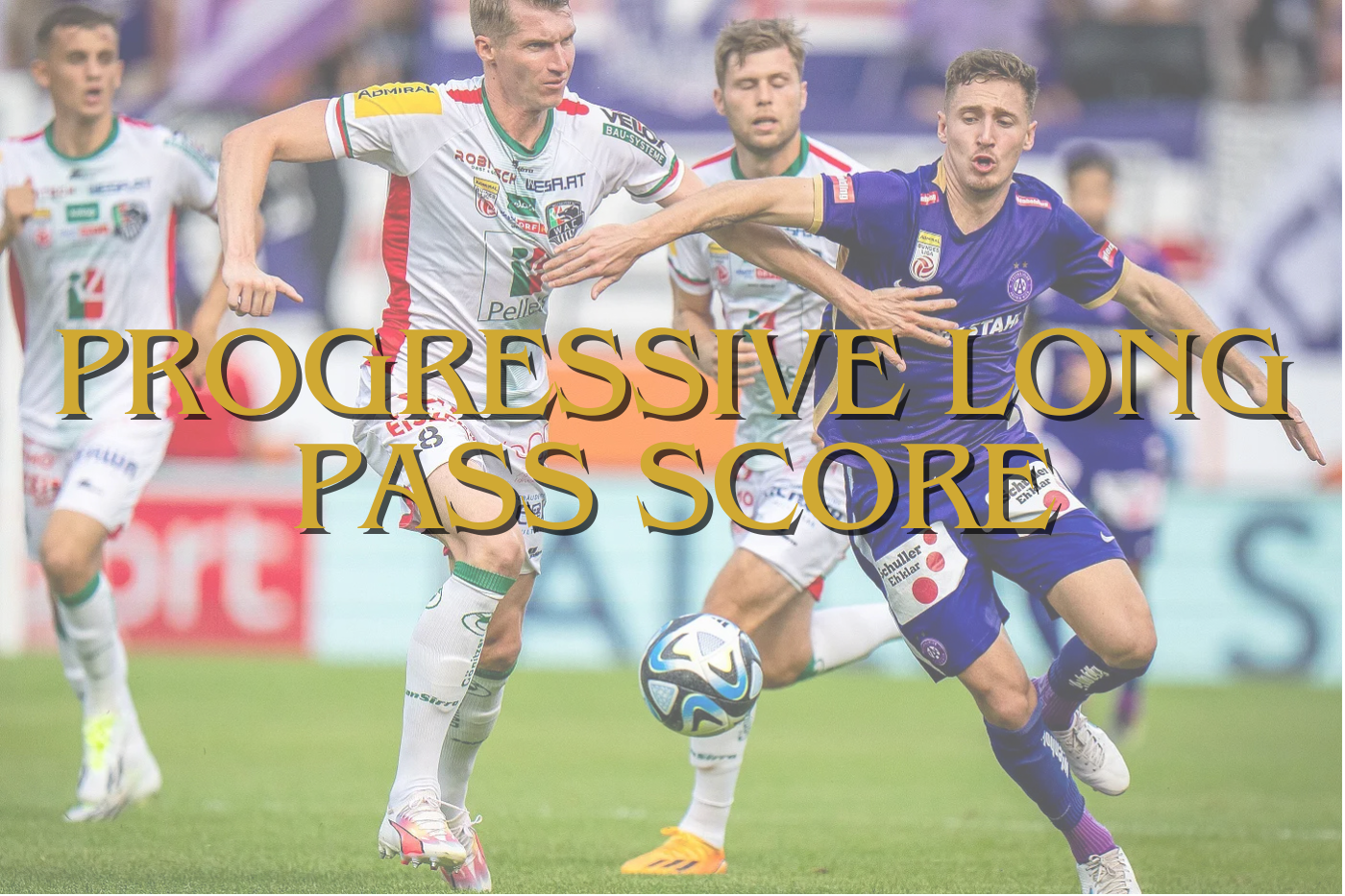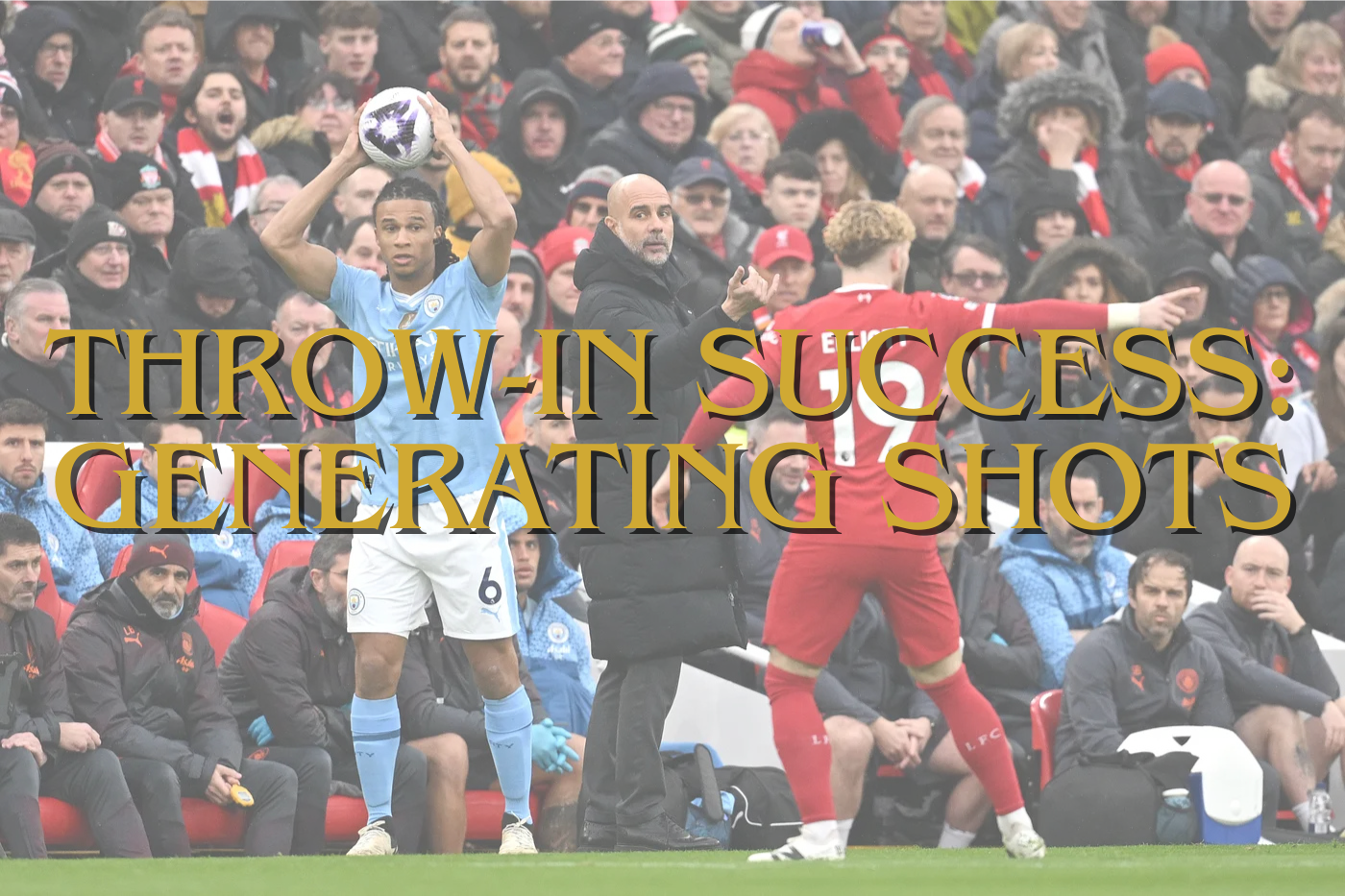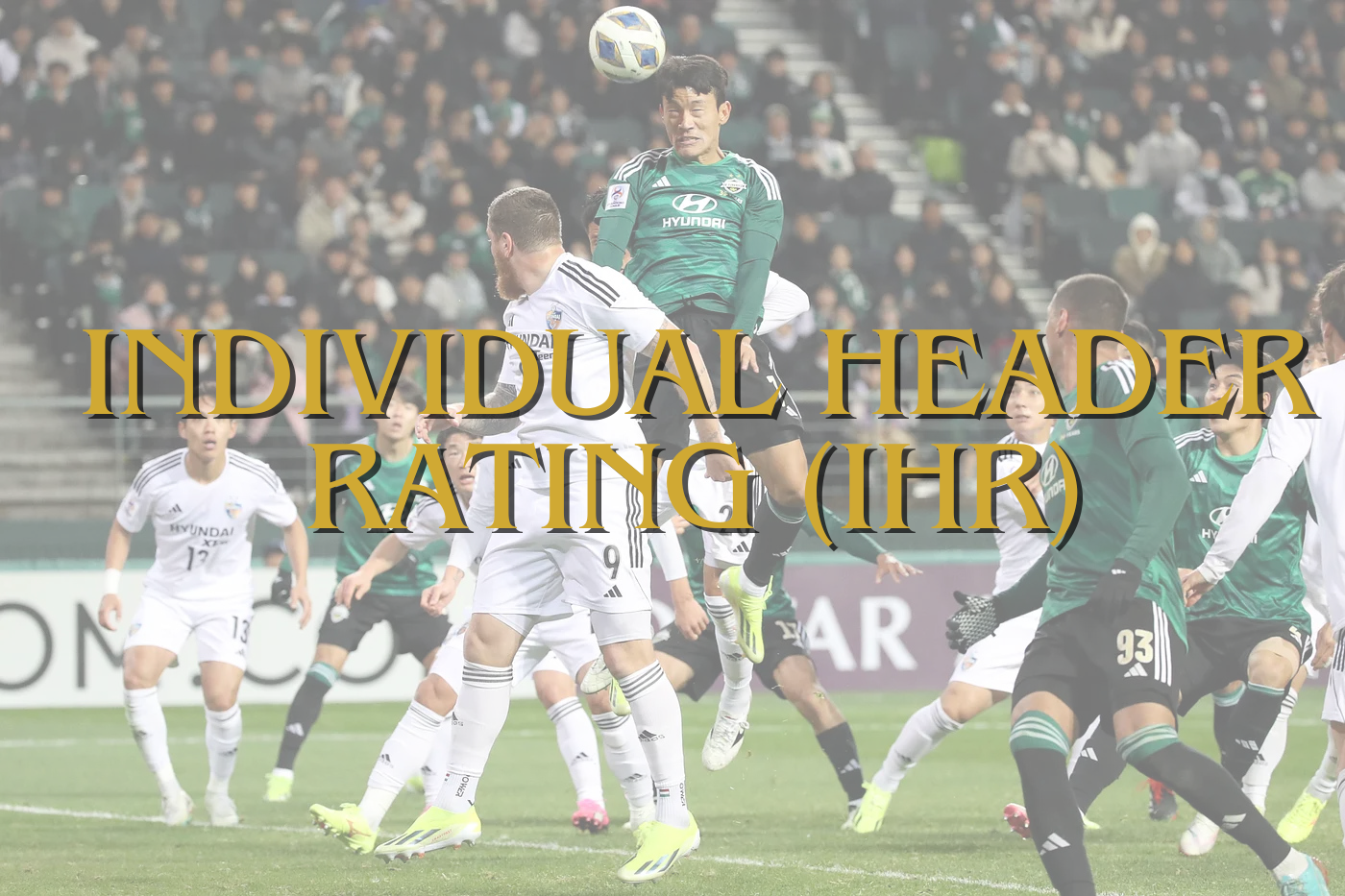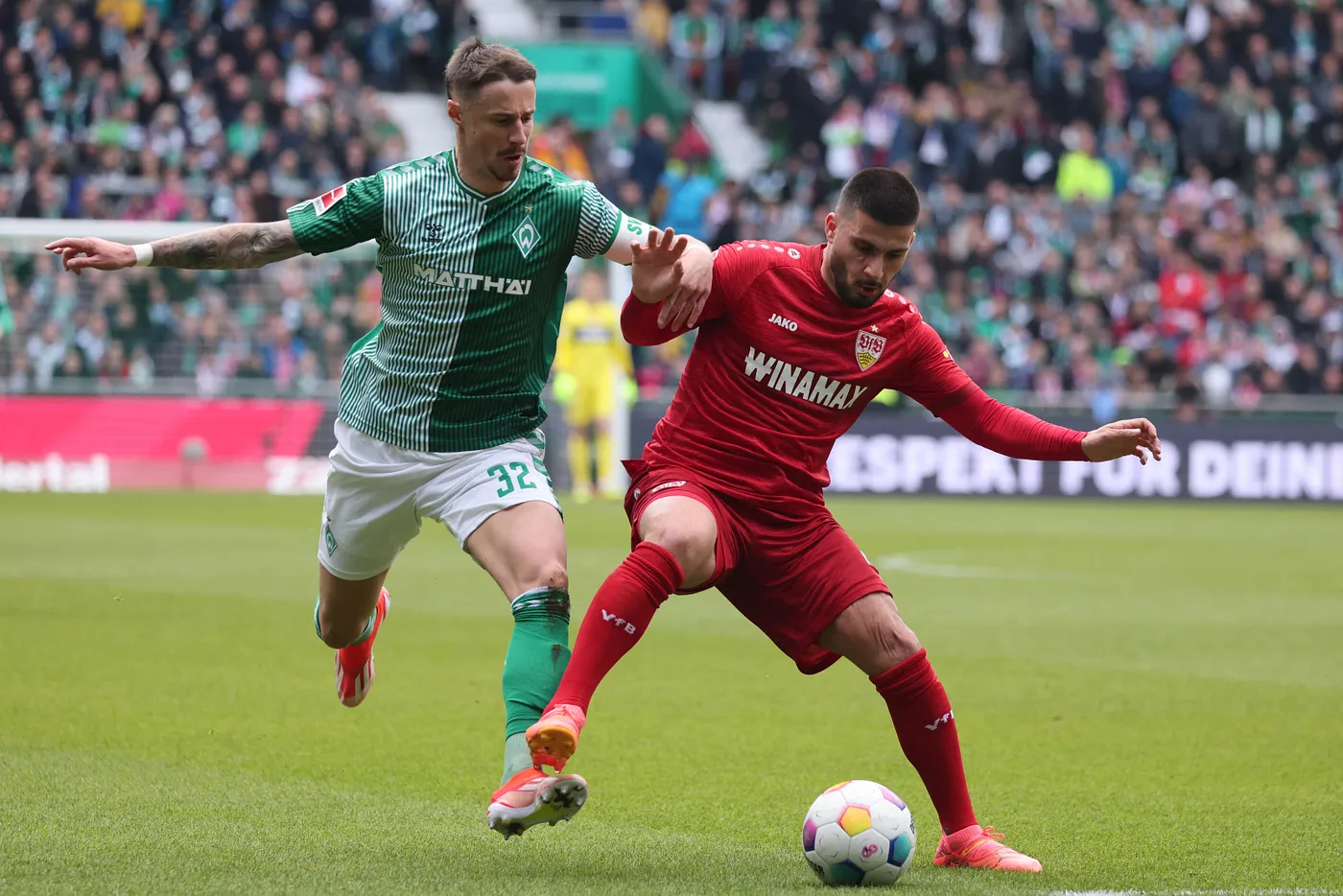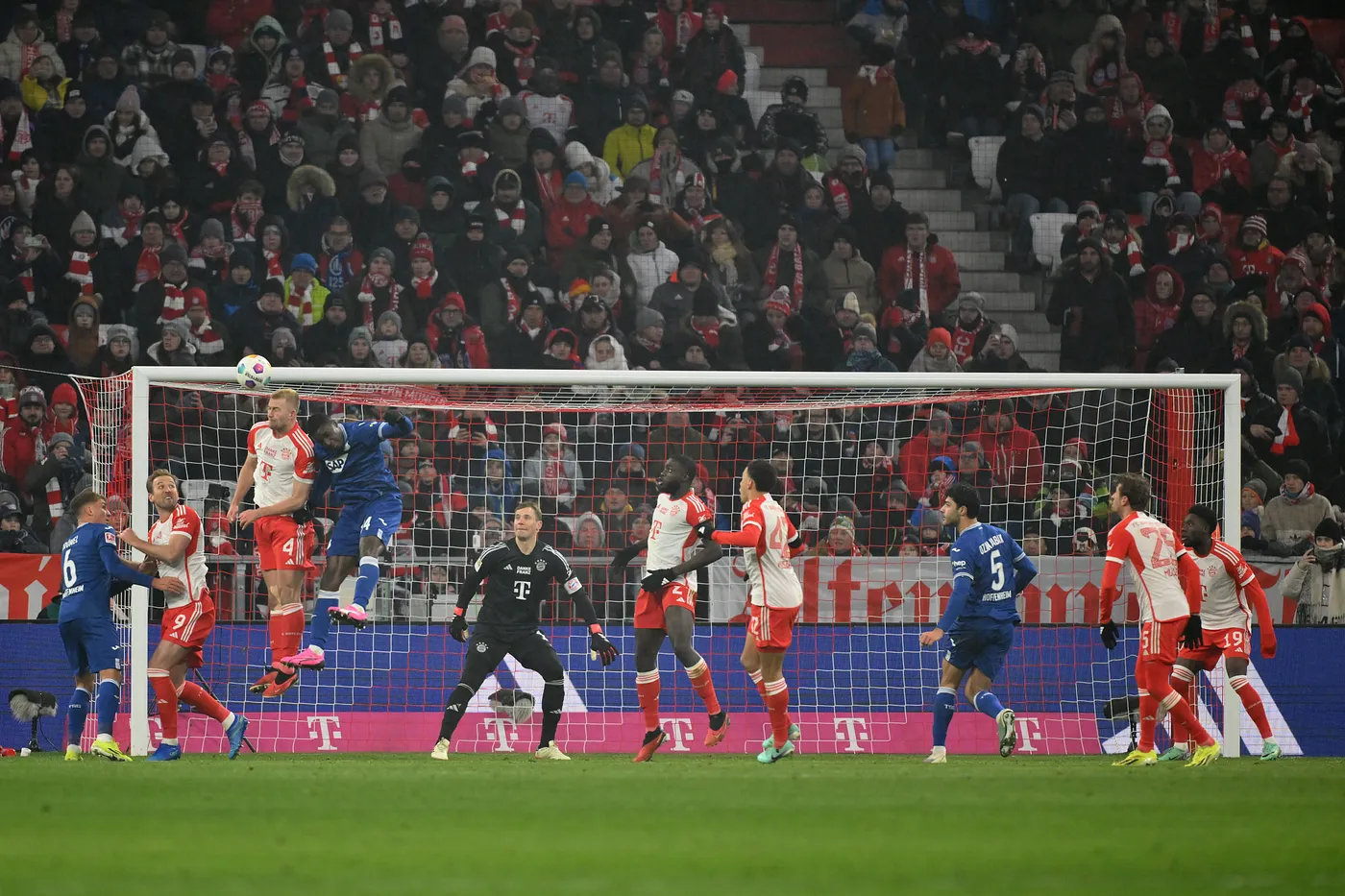This is another case study I have conducted in the Dutch U18 and U21 leagues in the years 2019 and 2020. I have seen a lot of matches in these divisions and previously wrote on the use of inverted full-backs – which you can read here.
I’m sticking with the theme of the defense as this is something developing in the Netherlands. We have developed world class central defenders over the years and in the academies there seems more interest in developing good, stable defenders with an eye for the attacking phase of the game. This analysis focuses on the role of the ball-playing central defender and will look at two different passing options: the long ball and the ball breaking the lines.
Before I start, I want to make clear that this concerns the U18 and U21 leagues of the Dutch system which contains several high placed amateur teams. Their first teams might play Tweede Divisie, Derde Divisie or Hoofdklasse – but because their academies play at a certain level, they have been included in this level. The followings clubs have been included in this research:
- VVV-Venlo
- MVV Maastricht
- Fortuna Sittard
- Roda JC Kerkrade
- FC Volendam
- NEC Nijmegen
- Vitesse Arnhem
- FC Groningen
- PEC Zwolle
- Heracles Almelo
- Almere City FC
- Cambuur Leeuwarden
- De Graafschap
- RKC Waalwijk
- Willem II
- Go Ahead Eagles
- SC Heerenveen
- Feyenoord Rotterdam
- Sparta Rotterdam
- FC Den Bosch
- Alexandria ’66
- Spartaan’20
- AFC Amsterdam
- Zeeburgia
- FC Dordrecht
- Alphense Boys
- SBV Excelsior
- Koninklijke AFC
Ajax Amsterdam, PSV Eindhoven, FC Utrecht and AZ have been looked at too – but as their U21/U23 team plays in the Eerste Divisie (2nd tier), they have not been included as they are already in the professional system.
In this analysis I will not name which teams play with which intention, but I look at the systems that I’ve seen in my time watching the club This is case study to assess what the results where and what went good/bad – instead of looking at which team/club does it better and has the best player etc.
The reason why I have chosen for the U18 and U21 teams is as follows: the players that are in the academy at that age have the highest percentage of making their professional debut or playing for a semi-professional team, which uses progressive ideas and standards that the professional teams do as well.
A last disclaimer; I don’t pretend this is the best way to conduct research into this theme or that the tactical concepts are good or bad – I call it like I see it and I want to offer insights into the practical implementation of this concept in the two highest youth leagues in the Netherlands.
The theory
As Dutch academies are mostly brought up with the idea that they will play with a four-man defence, the centre back needs to possess certain qualities when in possession of the ball. In the image below you can see what the behaviour of the centre backs and full back usually are.

As you can see the number 2 and 3 (not traditional numbers) are playing in the heart of the defence and have several options. In the Netherlands we often play in a safe “U-formation” which means that the left full back will pass to one of the centre backs, who on his turn will play the ball to the right full back – and so on. This is a rather safe view. The full back will move up the field in order to start or take part in the attack, but only in combination with the defensive midfielder in the 4-2-3-1 or 4-1-2-3 formation. Only the defensive midfielder and one (or both) full back will move forward, with the central duo staying back in order for the rest defence.
In this rather traditional and conservative approach, the central defenders don’t need to have the quality of picking someone out on the midfield or to be able to play a correct ball to the attacking players. This has been changing more and more. Obviously there have been ball-playing central defenders for decades, but it hasn’t always been actively coached in academies.
In this current view the central defender must be able to do two passing options well:
- The ball played through the middle from the defence to attack or attacking player
- A long, unforced, ball to a striker/targetman or a winger
A forced long ball is something that can be seen in all matches when the opponent presses the central duo and he is forced to play it long – that’s not a characteristic of the things I want to point out.
Through the middle
A pass through the middle on itself is just that, a pass through the middle. For a central defender to make that pass gives some risk in itself – if the pass is inaccurate or there is an interception, it will lead to a big chance for the attacking players of the opponent. So before a central defender can make that pass – as seen in this case study – a few things would occur in the positioning of said defender.

In the image above you can see a scenario that happened a lot in all of the academies. The right central defender gets the ball and doesn’t pass to his other central defender, goalkeeper or either full backs – but makes a move up the pitch from the defensive third to the middle third. As a consequence, things have been set in motion position-wise for other players.
It’s important to stress that formations are a good reference point of how to maintain structure, but in reality the formation can behave differently. The formation is not always in sync and that’s why for example one full back can remain in his natural position and have a position higher up the field without actually making a run down the line or maintaining a high line.
With the central defender on the ball and making a move up the pitch, a few things are set in motion. First of all the right full back will leave his position and asume the position of central defender, to make movement for the ‘number 2’ to move up the pitch. As a consequence of that the attacking midfield duo wil be altered, as the ‘number 8’ will go wide and the sole defensive midfielder will move into that attacking midfield.
The flaws in this logic could be seen when an opponent recovers the ball and in the transition from attack to defense, a lot of players were out of their position of comfort, and a numerous of bad mistakes were made – leading to confusion for the central duo and goalkeeper. But when executed correctly, the team on the ball could assert dominance on the midfield with a central defender spreading passes deep into the final third.

In the case that the central defender moves up to the position of defensive midfielder, it would look like illustrated in the image above. Obviously, the player can choose to play it short or back, but that takes the progressive idea out the attack – so I will not focus on that. I have seen the right central defender making three choices in general:
- Pass the ball into the feet of the left-winger. After he received the ball, the number 9 and number 11 would go into the box, and the midfield would be restored: the central defender would go back to his position and the number 10 and number 8 would move into zone 14, anticipating a cross or pull back pass.
- Pass the ball straight forward between the lines with the striker receiving the ball and holding it. He would look for options to distribute to the flanks, or to wait for the attacking midfield duo to move up the pitch. This would only happen with a certain type of striker who was strong in holding the ball and strong in the link-up play.
- Pass the ball to the right-winger. This was not done in the same manner as with the left-winger, as this pass was played in an area and not into the feet. This meant that the right-winger had space in front of him and used his pace to get to the ball in order to deliver a cross.
It’s worth noting that this specific set of passes was conducted in this example by the right central defender, but was done equallly by the left central defender. This means that the pass to the left-winger was in a specific area and the pass to the right-winger was into the feet.
An unforced, long ball
Before I look at the long ball through the air, I will make a distinction between to different long balls. The first one is the forced, long ball. Above I have mentioned this as well, but a long ball is played by almost every defender looked at in this research when under pressure. When the opponent would press aggresively and there were no short passing option, the defenders would kick the ball long.
In this part of the analysis, I won’t look at that particular long ball – but I will look at the chosen ball from the defensive third. The concept behind this ball was different in the positioning of the central defender in question. In the image below you can see the positioning where the majority of the central defenders stood when releasing that chosen ball.

Different in the positioning of the central defender in this scenario is that there is no change in position as we have seen above. The right/left full back would move a bit closer to the central defenders, but that was it. What really caught my eye was that it was almost always the same central defender going into that zone and give the long ball. There were not many teams with two central defenders with a good long ball and they chose to let one central defender give the long balls and one defender to actively engage in the build-up from the back.
When the central defender moved up to that specific area he would scan for options and a vital role was set for the three attackers in the 4-3-3 or the wingers in the 4-2-3-1 formation. This can also be seen in the image below.

The central defender in the specific area has two main option to pass the ball to – these are illustrated by the four arrows, two for each option:
- Pass the ball long to the wingers. They would receive the ball on the flanks and either make a run down the line and provide a cross into the box or cut inside and trying to give a through ball to the striker.
- Chip the ball to the white areas illustrated on the image. This would be an area the striker would move into and in doing so, create an opportunity for the other flank to cut inside.
The long ball is a pass full of risk, because the ball travels longer and that means that there is more time to intercept. The success rate of the balls was significantly lower than an a pass on the ground, but one thing really stood out. The teams that kept on trying to give those ball were the teams that posed more threat to the opponent’s defence. They knew that one of those balls would be good and that immediately gave them an advantage in the box.
There isn’t a big conclusion to this story. I studied a lot of games and made notes on how the central defenders conducted their passes in order to progress from the back. The game is a total game with a defender contributing to the attacking phase of the game and an attacker contributing to the defending side of the game. This make it incredibly interesting to see and especially at academy level.


